We never understood the animosity some shooters have toward lever-action rifles. Sure, the day when a lever-action should serve as your primary weapon for self-defense has long passed. But ask yourself one important question: Will loading a semi-auto ever make someone look as cool as John Wayne in Stagecoach?
What Is a Lever Action?
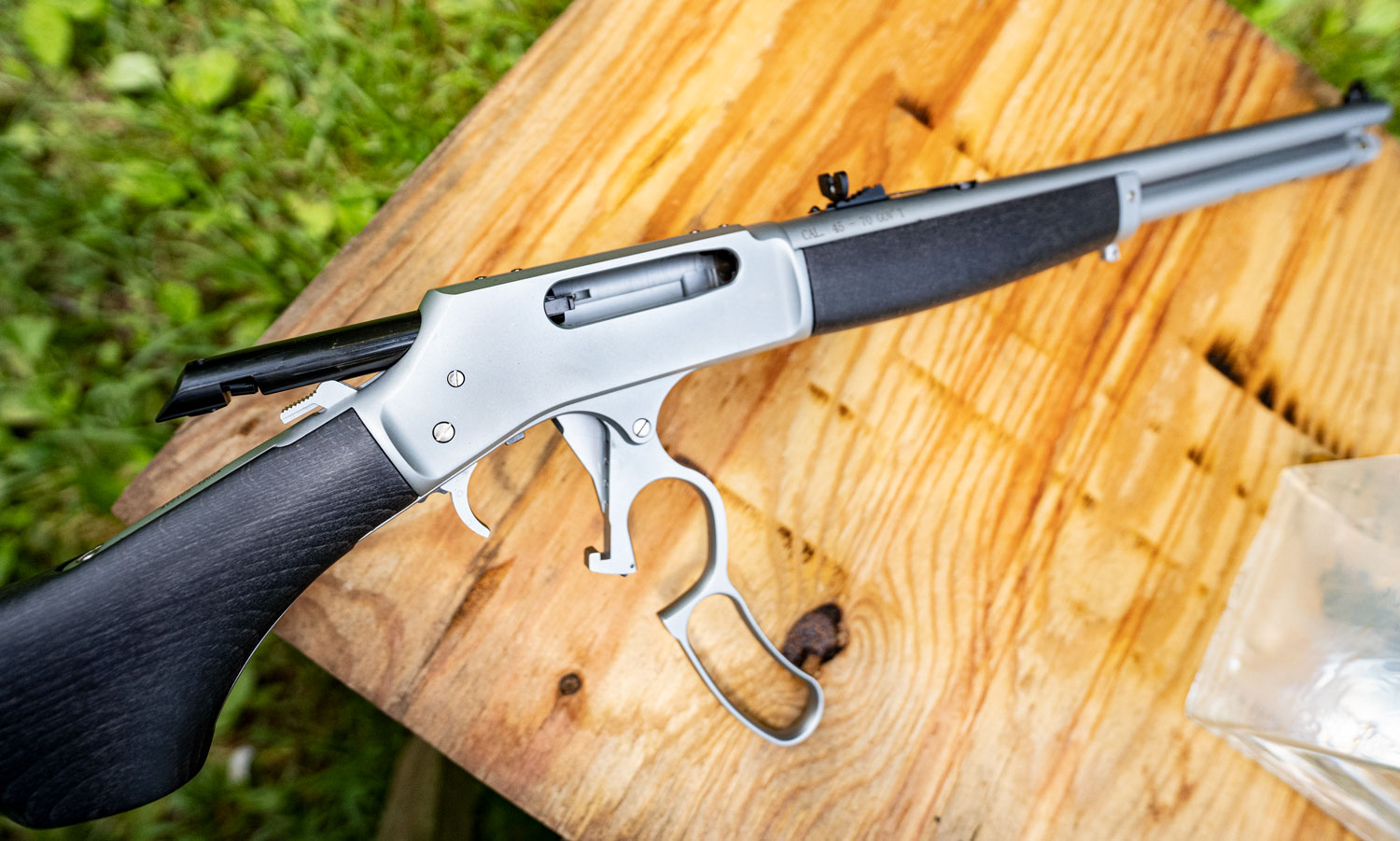
A lever action is named appropriately enough. The design features a lever in front of the trigger guard. When you rotate that lever about 90 degrees downward and then back up again, you’ll load a new cartridge into the chamber of a firearm. (A true lever action must actually feed a fresh round into the chamber and not merely use the movement of a lever to generate the energy needed to cycle a firearm, à la the Martini-Henry rifle.)
You’ll most commonly find the lever action in rifles like the popular Winchester Model 1873. There are some pistols and shotguns out there though. They include the Henry Mare’s Leg and Norinco 1887, which have lever actions as well. The first lever-action firearm was indeed a revolver – patented in Italy 190 years ago, it could empty out its cylinder in a mere six seconds.
Colt introduced the first lever-action rifle in 1837 with their Model Ring Lever, which utilized the now antiquated cap and ball loading method. Spencer and Henry made the first somewhat modern lever-action firearms. The Spencer repeating rifle featured a removable tube magazine in its buttstock to facilitate rapid reloading in addition to rapid fire. Henry placed their tube magazine under their lever-action rifle’s barrel, a design that would become the norm in later years.
Both Spencer and Henry rifles were used during the Civil War. By the end of the century several more modern lever-action rifles had gone into production. They included the Marlin Model 1894, Winchester Model 1894, and Savage Model 1895. These and rifles like them would dominate the American sport shooting scene for the next 50 years, at which point the utility of the detachable box magazine pushed lever actions more into the domain of enthusiasts and collectors.
Lever Action Advantages and Disadvantages

The lever action is never going to go away for good. Too many classic rifles exist for that to happen, and indeed many manufacturers make new lever-action firearms to this day. Just look at Henry!
Advantages
The lever action still boasts some marked advantages beyond the satisfying “klik-CHAK” it makes when you operate it. A modern lever-action rifle can be every bit as accurate as a bolt-action. A lever action additionally permits the design of a shorter rifle than a bolt action. Plus, its operation allows you to shot at a faster rate of fire as well. A lever-action rifle’s inherently ambidextrous design is also friendly to left-handed shooters.
Disadvantages
It’s only natural that so old an action should have its shortcomings, of course. One big reason the lever action never went mainstream in the military is the difficulty it presents while the shooter is prone. You can’t operate the lever under a rifle while you’re trying to keep as low to the ground as possible. Naturally, this isn’t a great problem for hunters. Early lever-action rifles also weren’t able to accommodate very high pressures. This limited the power of cartridges riflemen could use with them.
Perhaps the biggest problem with the lever action is its tubular magazine, which prohibits the use of spire point bullets. Cartridges loaded into a tubular magazine are held all in a line, the same way that hot dogs would sit if you put them in a shower curtain rod. (A fun little experiment to try at home.) When the hard, pointed tip of a bullet butts up against the primer of the round in front of it, there’s a chance it could ignite that primer while it’s still in the magazine. Drop a lever-action rifle loaded with spire points and you might treat yourself to an expensive little kaboom. (No, really, don’t do this.)
For this reason, manufacturers often recommend you only load cartridges with flat nose profile bullets into a lever-action’s tubular magazine. Unfortunately that type of bullet is inherently less aerodynamic than a pointed one. So, it delivers worse accuracy. It must be noted that Hornady’s LEVERevolution line of ammunition addresses this very problem with FTX and MonoFlex bullets. Both of these bullets have a pointed yet soft polymer tip that prevents magazine ignition.
Top Lever-Action Rifle Cartridges
If you’ve inherited your lever-action rifle, obviously you’re going to want the right ammo for it. But if you’re just becoming a lever-head you may not know where to start.
Here are some of the more popular lever-action loads, with the exception of the 22 LR because most people are already familiar with it and it’s not exactly the ideal cartridge to feed a family with.
30-30 Winchester
One of the most popular rifle cartridges in America, lever-action or otherwise, the 30-30 is a great choice for whitetail and black bear. By modern standards, you might call the 30-30 a bit of an underperformer. Its range is typically limited to 200 yards. Of course, that’s hardly a problem for hunters in wooded areas where long-distance shots are impossible anyway!
The relatively low-powered 30-30 delivers about 60 percent of the recoil of the 30-06. This makes it a great choice for young shooters and new shooters who are trying to overcome a flinching habit. The 30-30’s lower chamber pressure is also less capable of deforming a bullet. That attribute means it works great with low-tech soft point rounds.
45-70 Government
The 45-70 Government is a big old rifle cartridge. It’s able to lob a nearly one ounce bullet at a high enough velocity to anchor an elk with no problem. With that much bullet the 45-70 is forgiving of shot placement. Plus, it can put down a whitetail even when it strikes outside the vital areas. Its lower velocity also means the 45-70 will not damage medium-sized game’s meat all that much.
Shooters considered the 45-70 flat shooting by mid 19th century standards but today we’d say its trajectory is fairly pronounced. You’ll have to invest some time at the range to learn how to compensate for the round’s fast bullet drop. The 45-70’s big bullet also delivers a fair amount of recoil, although not as much as modern magnum rounds.
357 Magnum
While usually thought of as a handgun cartridge, the 357 Magnum is right at home in rifles like the Henry Big Boy and Marlin 1894CB. Deer hunters often take trophies with 357 Magnum revolvers, so the greater muzzle velocity delivered by a rifle makes the round even more suitable for medium-sized game.
With a big heavy rifle to soak up a greater amount of the 357 Magnum’s recoil, you’ll find it an especially manageable load for hunting. The 357 Magnum is derived from the 38 Special. So, a lever-action designed for the former can also fire the more economical latter. And if you want to keep an efficient arsenal that needs only one type of ammunition, or wish to hunt with the same ammo you would use for self-defense, the 357 Magnum can take excellent care of you.
We have to give the 45 Long colt, another pistol/lever-action rifle cartridge, an honorable mention here as well.
444 Marlin
The 444 Marlin was the largest lever-action cartridge ever to hit the market when it was introduced in 1964. It has since been usurped, but it’s still by no means a lightweight: Essentially a slightly longer and more powerful version of the 44 Magnum, the 444 Marlin’s 240 grain bullet is capable of delivering over 3,000 ft lbs of muzzle energy. (That’s about three times the amount of energy considered the bare minimum for ethical whitetail hunting.)
The 444 Marlin shares similar ballistics to the 45-70. So, it too demands a fair bit of practice before you can pull off long distance shots. This is a round that benefits especially from Hornady’s LEVERevolution line of ammunition, which can increase its range past its traditional 200 yard mark.
32-20 Winchester
Also known as the 32 WCF, the 32-20’s low recoil makes lever-action hunting more accessible to those of us with lighter frames. Whether the 32-20 is suitable for deer hunting depends on whom you ask, but its 85 or 115 grain bullet is arguably not a good choice for taking medium-sized game unless you’ve honed positively surgical marksmanship.
The 32-20 is great for varmint hunting, though! Sink its bullet into a coyote or something smaller at 100 yards and you’ll never experience the same problem from that particular critter twice.

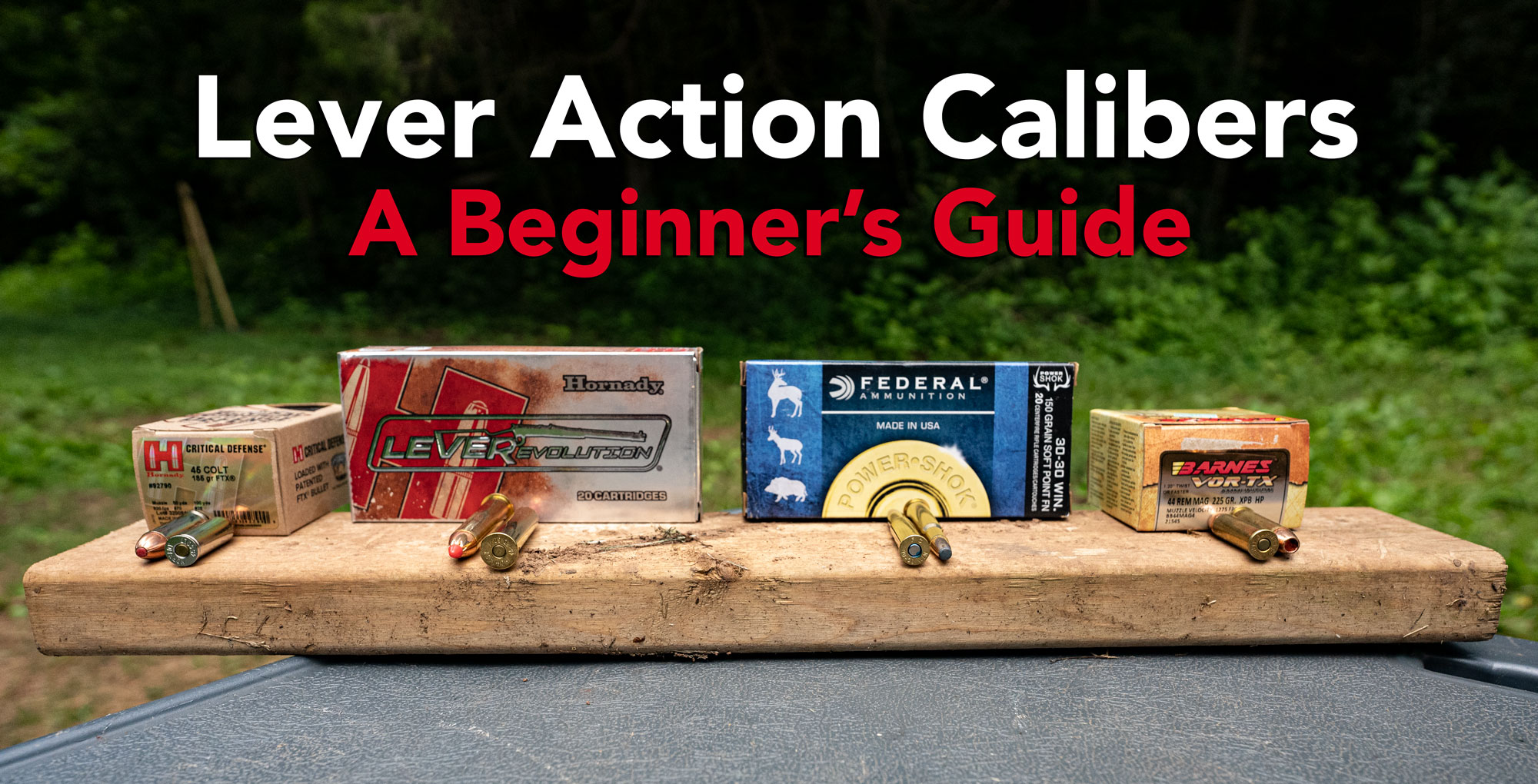
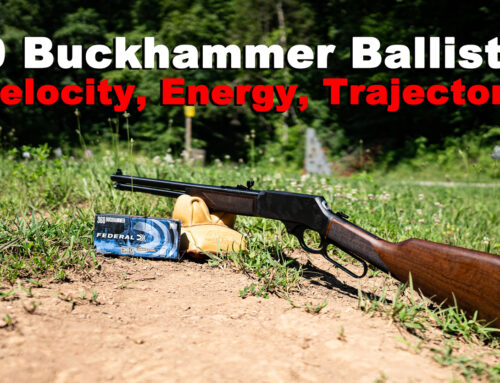
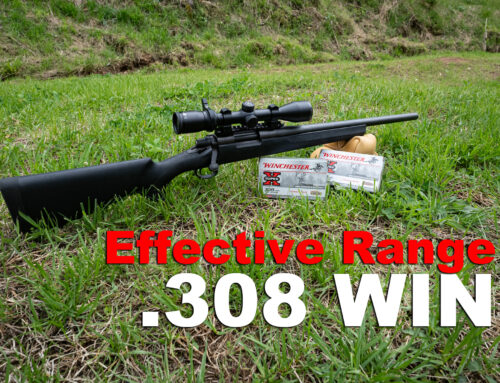
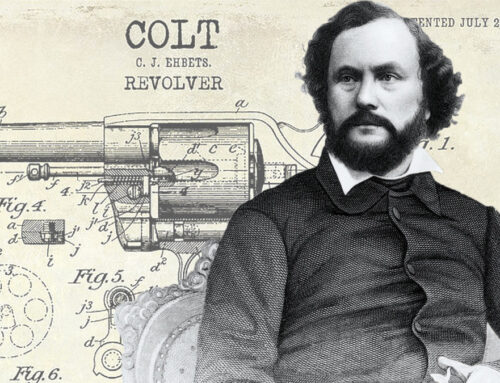
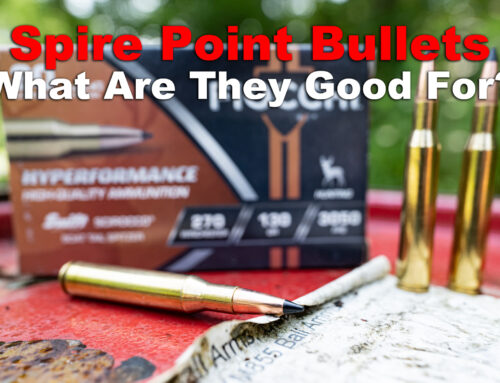
Can I use 308B ammo in a lever action?
Dan – that should work without any major hiccups. Many lever actions in general tend to be a little finicky but the FMJ bullets in that 308B should be about as easy to feed as you’ll find.
I just did an experiment shooting different .38 spec ammo in my Marlin 1894C chambered in .357 mag. I ran 10 rounds each (or tried too) of reloads, Winchester, Remington, Federal, Blazer CCI and Geco. I noticed over all lengths varied by brand but to no detriment except the tube magazine holding 1 cartridge less of the long rounds. All the rounds were FMJ except for 1 set being lead RN. The lead RN would not cycle properly and would consistently jam. Those were not the reloads but brand new name brand ammo. Has anyone else had this happen with the lead RN?
Personally, I haven’t run into that but I don’t shoot a ton of 357 Mag lever action. Maybe another reader can chime in.
I will say that lever actions are notoriously finicky with ammo and cycling. That’s one of the things that gave birth to Hornady’s LeveRevolution line of ammo. They claim their bullets are built specifically to make cycling easier on lever actions.
Hilarious! Not ONE new lever gun caliber.
Is this stiry 50 years old?
Hatman – as we said in the article, we’re highlighting the most popular lever action calibers out there. Most of these have been around for a bit of time but if we listed every caliber that you can find a lever action rifle for, it would be massive list and not all that helpful.
360 Buckhammer. It’s from the future.